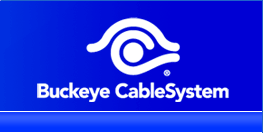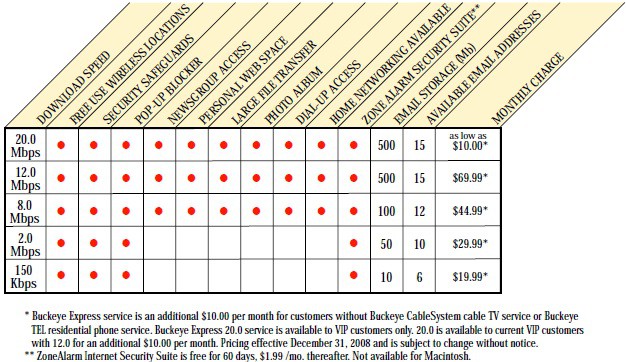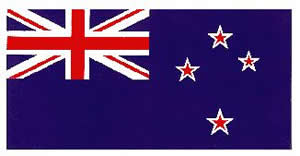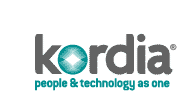 Are you a cable or telephone company scared of the costs associated with tearing out existing underground or overhead copper-based wiring to upgrade to fiber optics?
Are you a cable or telephone company scared of the costs associated with tearing out existing underground or overhead copper-based wiring to upgrade to fiber optics?
Why bother going through all of that effort when you can just yank the old copper wire out and push state-of-the-art fiber cable in.
Buckeye CableSystem, a Toledo, Ohio cable operator intends to do just that, using a process invented by an Austrian company, Kabel-X.
Buckeye will inject a Kabel-X supplied fluid between the outer jacket and the inner core of the cable. This allows the cable company to pull the copper center conductor and the insulating material right out of the center of the cable, leaving plenty of space to insert new fiber optic cables, without having to tear up streets, get permission from local zoning authorities to string new cable, or go through the expense of completely replacing it.
Better known in Europe, where the process has been used throughout the continent, Kabel-X is now making inroads in North America with small scale projects with companies like Buckeye. Kabel-X has been particularly attractive in eastern Europe, where the process is more affordable than complete cable replacement. With more limited budgets, re-using existing cable already in place provides an attractive alternative.
The company claims it can replace up to 1000 feet of existing coaxial cable with fiber in as little as three hours.
Buckeye intends to experiment with the technology in a Toledo subdivision to see how well it works.
The one major downside to using Kabel-X is that service is typically interrupted while the cable work is being done. Should something go wrong, customers could be left entirely without service, a prospect that mandates small scale experiments to train cable engineering crews to work speedily and efficiently, and prove the technology can work well in a variety of conditions.
“We see the Kabel-X technology as an innovative tool that will allow us to cost effectively deploy a fiber-to-the-home architecture in areas currently served by a traditional hybrid fiber coax network,” Buckeye Cablevision chief technology officer Joe Jensen said.
Buckeye’s efforts to upgrade to true fiber-to-the-home service may come as a response to AT&T’s U-verse service, which began competing for Toledo customers about a year ago. Buckeye has 150,000 subscribers in the Toledo area, and remains the largest pay television operator, but U-verse is positioned to steal away some of those customers over time.
Buckeye’s cable broadband service, bex-Buckeye Express, offers customers up to 20Mbps service, if you opt to subscribe to other Buckeye services.
The company’s Acceptable Use Policy indicates they do not impose limits on usage at this time, but curiously do admit to throttling the speed of peer-to-peer traffic and dynamically reducing speeds for customers who are considered “high bandwidth users” during peak demand periods. Both of these seemed to get Comcast into hot water with the Federal Communications Commission.
BUCKEYE EXPRESS™ HIGH SPEED INTERNET SERVICE ACCEPTABLE USE POLICY
Buckeye uses reasonable network management techniques to improve overall network performance and reserves the right to employ additional techniques as necessary or desirable. Some applications, including certain peer-to-peer applications, can consume inordinately high amounts of bandwidth on the network and degrade network performance. Buckeye’s current network management techniques include:
Speed Caps – limiting the speeds that a modem can transmit or receive data. Buckeye may lower the transmission rate or reception rate of high bandwidth users during times of high network demand. This may slow the transmission or reception rate for affected modems.
Connection Limits – limiting the number of simultaneous connections for any modem during an online session. With a typical user having a dozen or so simultaneous connections for routine use, this limit provides a means of identifying and hopefully thwarting malicious attempts to harm the network or other users. This limit is currently set well above the number of connections used by typical user in a session.
Application-based Rate Limiting– limiting transmission speed of certain high bandwidth applications. Some applications, typically peer-to-peer applications, can consume large amounts of bandwidth, often without the knowledge of the user/customer. By limiting the portion of the network capacity available for these applications during periods of high traffic, Buckeye is able to improve the overall performance of the network for all users. Transmission of traffic subject to this technique may be slower during periods of high network usage.
[flv width=”480″ height=”380″]http://www.phillipdampier.com/video/Kabel-X Demo.flv[/flv]
Watch the Kabel-X process at work in this company-produced demonstration video. (7 minutes)


 Subscribe
Subscribe






